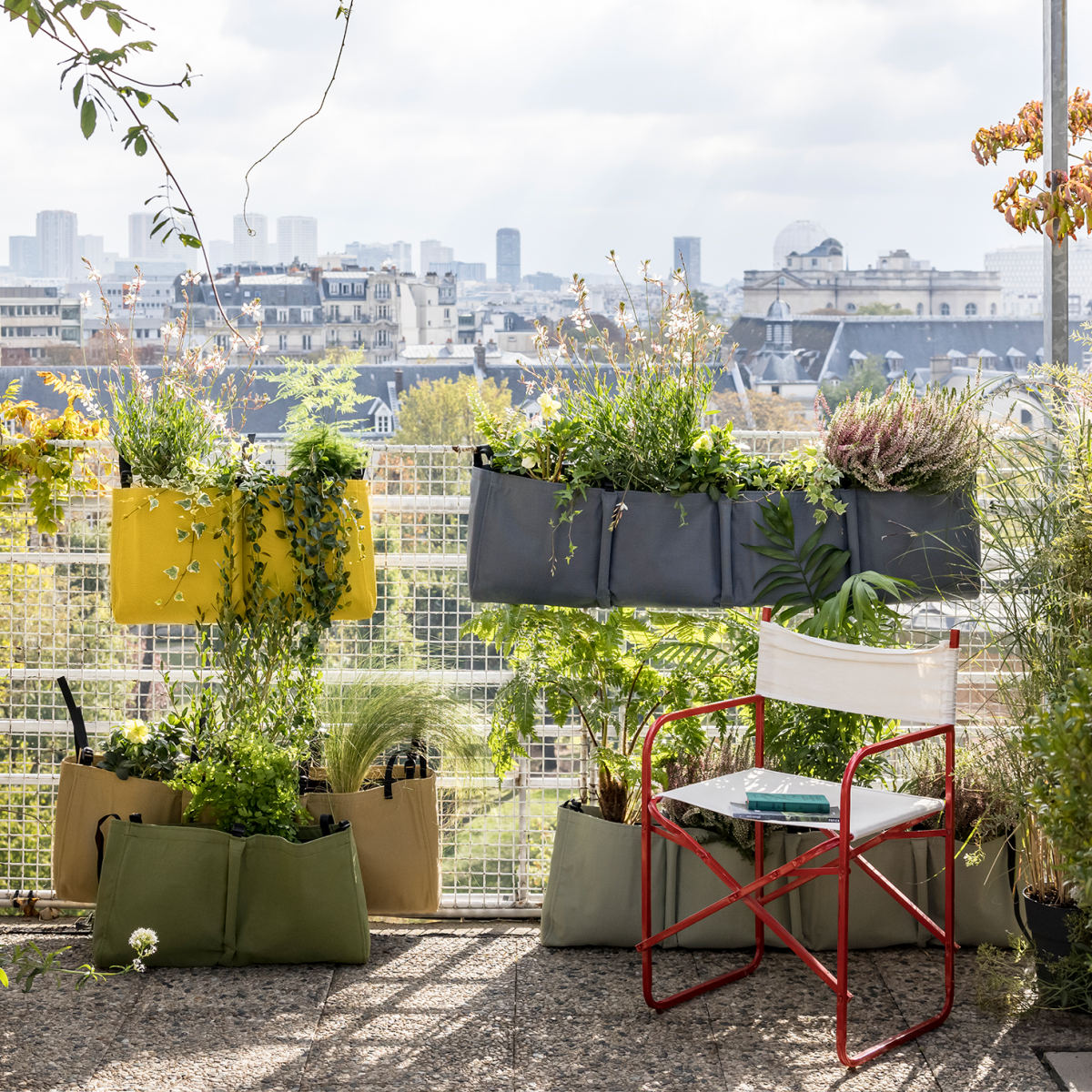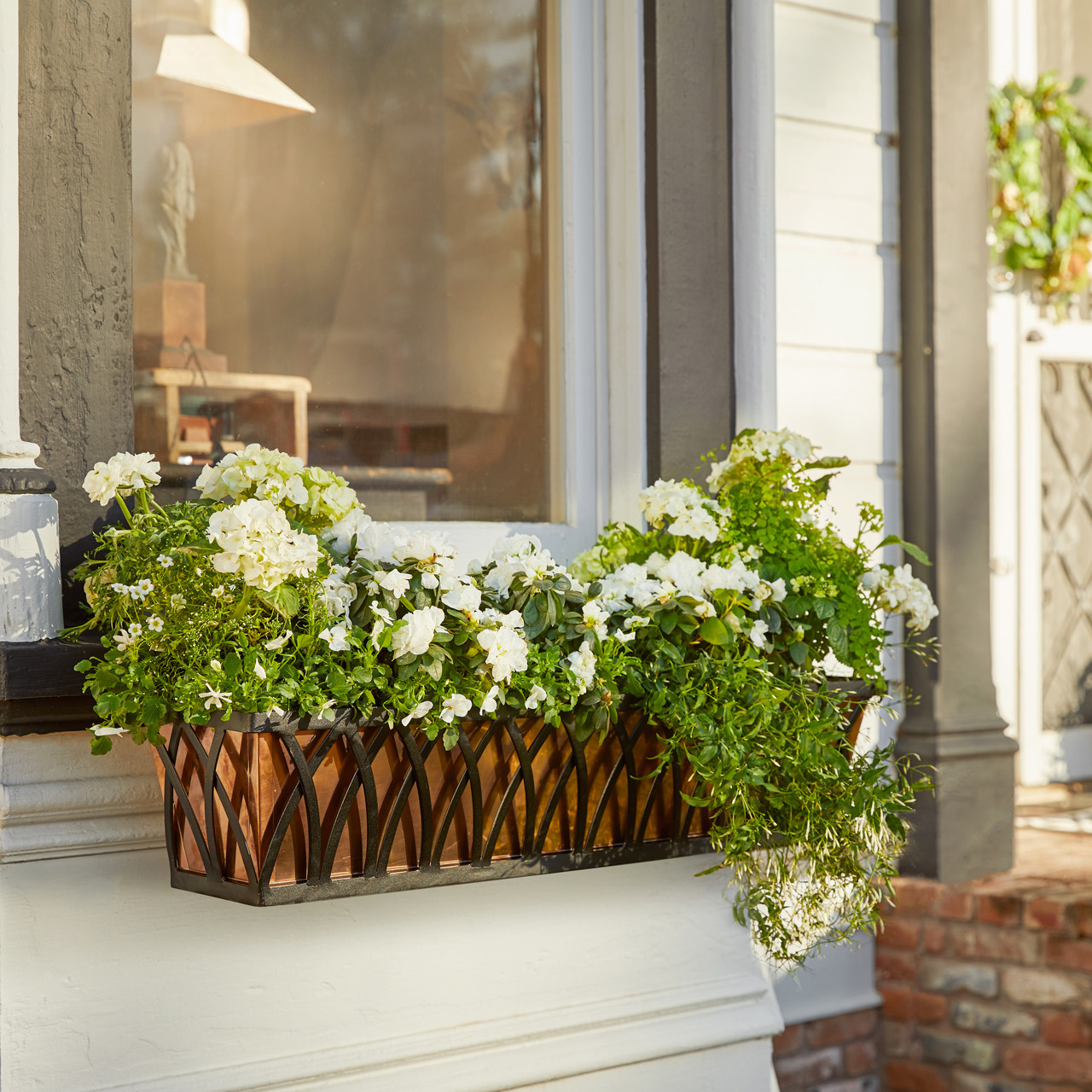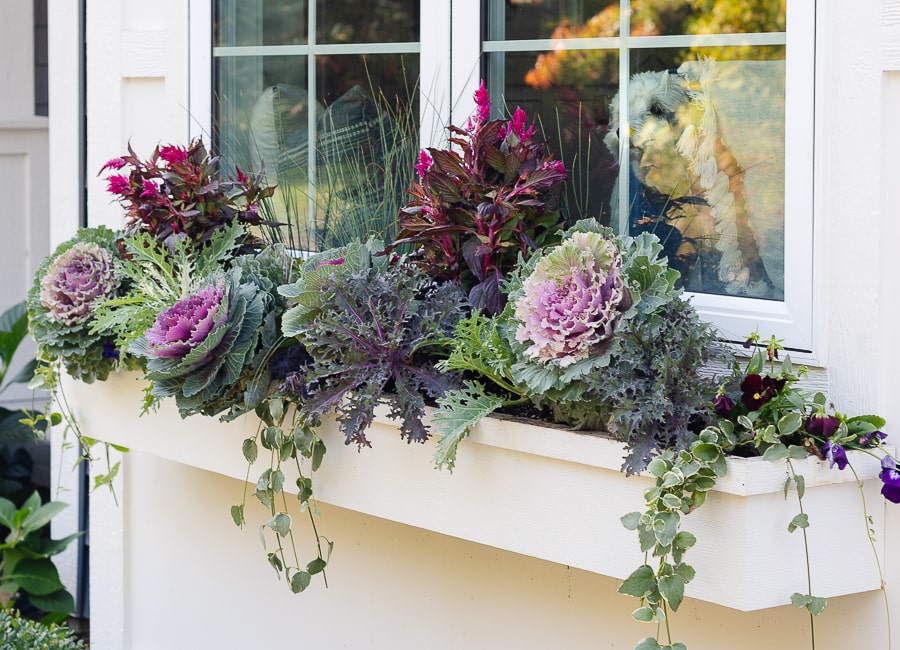Decorative window boxes can transform a boring exterior into a vibrant showcase of color and beauty. As someone who has spent countless weekends planting flowers and herbs in my own window boxes, I can confirm that they not only add charm to your home but also create a personal expression of your style. In this comprehensive guide, we will delve into everything you need to know about decorative window boxes – from selecting the right materials to planting tips and maintenance best practices.
What Are Decorative Window Boxes?
Decorative window boxes are planters placed on the exterior of a home, typically mounted beneath windows. These boxes can be filled with various plants, including flowers, herbs, and even small shrubs, allowing homeowners to enhance their facade with greenery and color.
Advantages of Installing Window Boxes
- Enhances curb appeal.
- Provides additional planting space.
- Improves insulation for windows.
- Offers a unique decorative element.
Choosing the Right Window Box
Factors to Consider
Choosing the right window box involves considering several factors:
- Material: Wood, plastic, metal, and fiberglass are popular choices, each with its own pros and cons.
- Size: Ensure that the box fits the window’s dimensions and can support the weight of the soil and plants.
- Style: Match the design of the window box with your home’s architecture.
- Drainage: Adequate drainage is essential to prevent waterlogging.
Popular Materials for Window Boxes
| Material | Pros | Cons |
|---|---|---|
| Wood | Natural look, customizable | Can rot over time, requires maintenance |
| Plastic | Lightweight, affordable | Less durable, can fade in sunlight |
| Metal | Sturdy, modern aesthetics | Can rust, retains heat |
| Fiberglass | Durable, weather-resistant | More expensive, can look artificial |

Designing Your Window Box
Styles and Themes
The design of your window box should reflect your personal style and complement your home’s architecture. Here are some popular themes:
- Classic English Garden: Use a mix of colorful annuals and perennials for a lush, full look.
- Modern Minimalist: Opt for a few large plants in a sleek container for a clean, contemporary vibe.
- Cottage Charm: Combine rustic elements with trailing plants for a whimsical feel.
Plant Selection Tips
Choosing the right plants is crucial for a thriving window box. Consider the following tips:
- Seasonality: Choose plants that bloom in various seasons for continuous color.
- Light Requirements: Ensure that the plants match the sunlight your window receives.
- Size and Growth Habits: Mix tall, medium, and trailing plants to create depth and interest.

Step-by-Step Guide to Planting Your Window Box
Materials Needed
Before you start, gather the following materials:
- Your chosen window box
- Potting soil
- Plants (based on your design)
- Gardening gloves
- Watering can or hose
Planting Process
- Prepare the Box: Ensure your box has drainage holes. If not, drill some before proceeding.
- Add Soil: Fill the box with potting soil, leaving about an inch from the top.
- Layout Plants: Arrange your plants in the box without planting them first to visualize the design.
- Plant: Start from the back, placing the tallest plants first, followed by medium, and finish with trailing plants at the front.
- Water: After planting, give everything a good watering to settle the soil.

Maintenance Tips for Decorative Window Boxes
Regular Care
- Watering: Keep the soil consistently moist but not soggy. Watering frequency will depend on the plants and weather conditions.
- Fertilizing: Use a balanced, slow-release fertilizer to promote healthy growth.
- Deadheading: Remove spent flowers to encourage new blooms and maintain a tidy appearance.
Seasonal Maintenance
Change your window box’s plants according to the seasons:
- Spring: Plant colorful annuals and perennials for vibrant displays.
- Summer: Introduce heat-tolerant plants and ensure consistent watering.
- Fall: Incorporate seasonal blooms and foliage, such as asters and ornamental grasses.
- Winter: Consider using evergreens and winterberry for a festive look.

Common Problems and Solutions
Pests and Diseases
Window boxes can attract pests like aphids, spider mites, and whiteflies. Here’s how to handle these issues:
- Prevention: Keep your plants healthy to deter pests.
- Natural Remedies: Use insecticidal soap or neem oil to treat infestations.
- Regular Inspection: Check plants regularly for signs of disease or pests.
Weather Challenges
Weather can be a significant factor in the health of your window box. Here are some tips to mitigate problems:
- Heavy Rain: Ensure proper drainage to prevent flooding. Consider moving plants to a sheltered area during heavy storms.
- Extreme Heat: Provide shade or additional watering during high temperatures.

DIY vs. Store-Bought: What’s Right for You?
You may be wondering whether to purchase a window box or create your own. Let’s break it down:
| Option | Pros | Cons |
|---|---|---|
| DIY | Customization, potential cost savings | Time-consuming, may require tools |
| Store-Bought | Convenient, often ready-to-use | Less customizable, can be more expensive |
Enhancing Your Window Boxes with Accessories
Decorative Elements
Adding accessories can elevate the aesthetic appeal of your window boxes:
- Fairy Lights: String lights can add magic to evening displays.
- Decorative Stakes: Charming garden stakes or whimsical decorations can create a fun atmosphere.
- Colorful Liners: Use liners to add a pop of color or contrast to your boxes.

Seasonal Decor
Change your window box decor with the seasons:
- Spring: Refresh with pastel colors and Easter decorations.
- Summer: Incorporate vibrant shades and tropical-themed accessories.
- Fall: Use pumpkins, gourds, and autumn leaves.
- Winter: Add holiday ornaments or a winter-themed arrangement.
FAQs About Decorative Window Boxes
What are the best plants for window boxes?
Some of the best plants for window boxes include petunias, geraniums, lobelias, and herbs like basil and parsley. Choose plants based on the light conditions of your window.
How deep should a window box be?
A window box should ideally be at least 6-12 inches deep to accommodate root systems and provide adequate drainage.
Can I use a window box indoors?
Yes, window boxes can be used indoors as long as they have proper drainage and are placed in a location where the plants will receive sufficient light.
How often should I water my window box?
The frequency of watering depends on the plants used, the weather conditions, and the size of the box. Generally, water when the top inch of soil feels dry.
Conclusion
Decorative window boxes are an excellent way to showcase your personality and enhance the beauty of your home. Whether you opt for a classic look or a modern twist, the possibilities are endless. With the right materials, careful planning, and a touch of creativity, your window boxes can become a stunning focal point of your home’s exterior. So, roll up your sleeves, get planting, and enjoy the endless beauty that window boxes can bring!